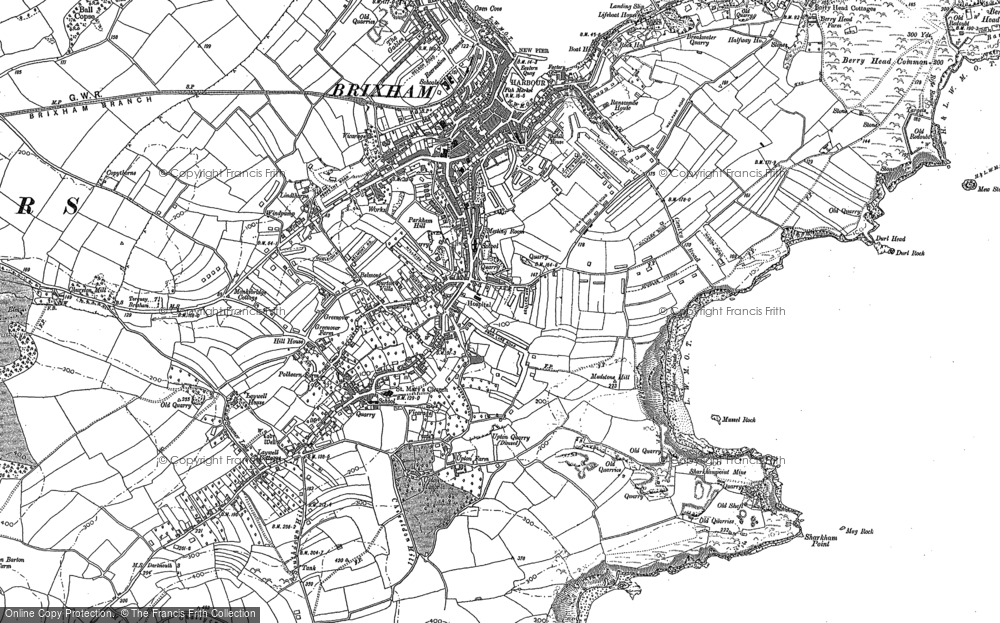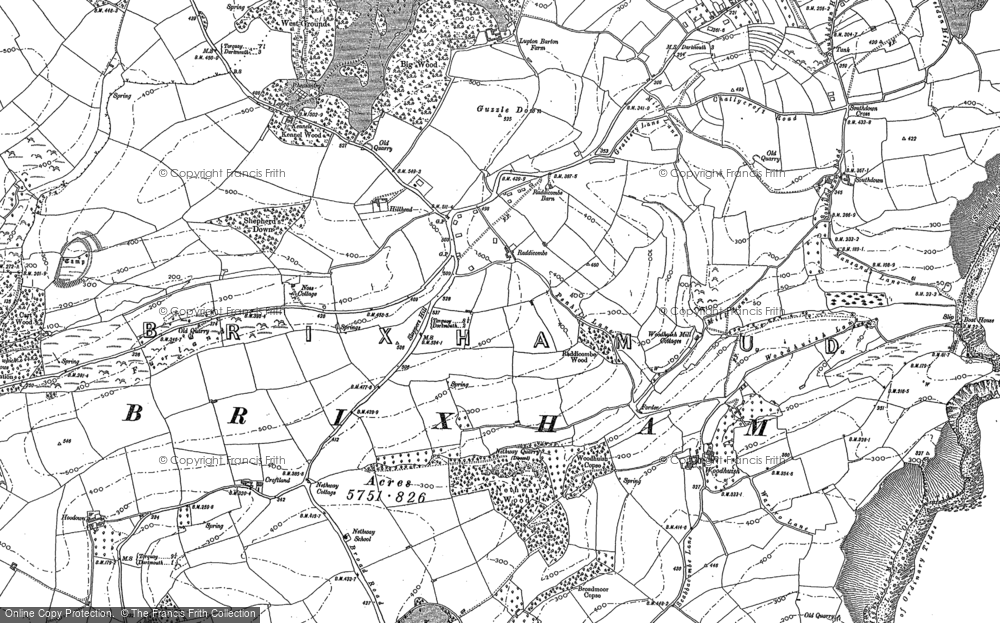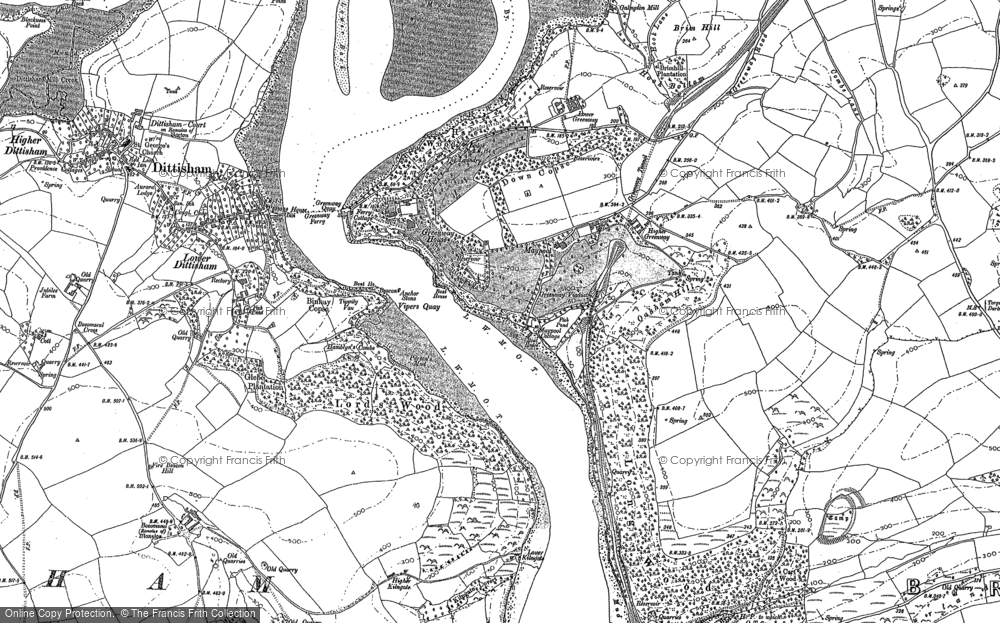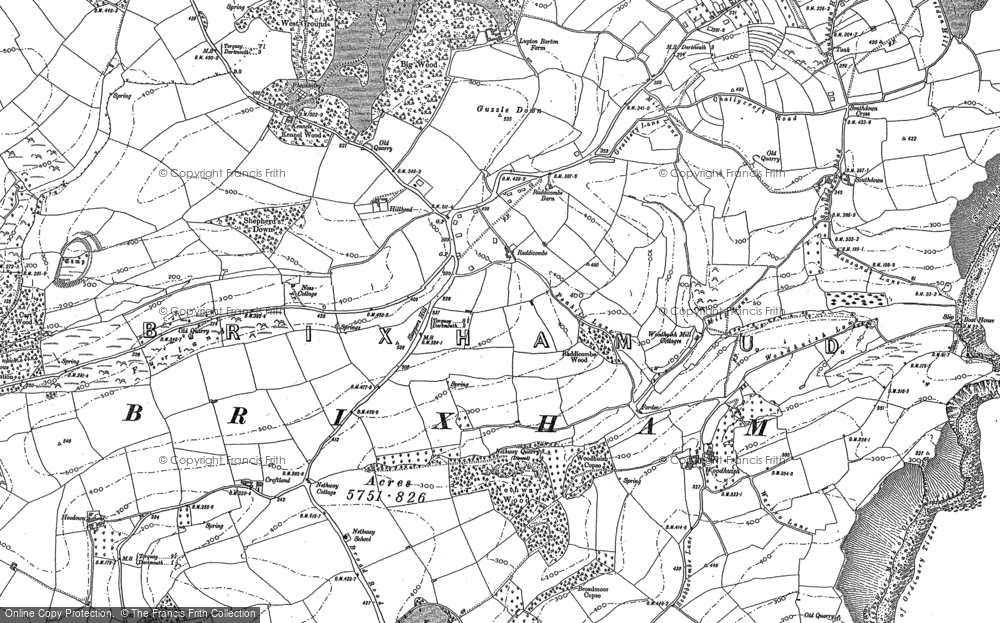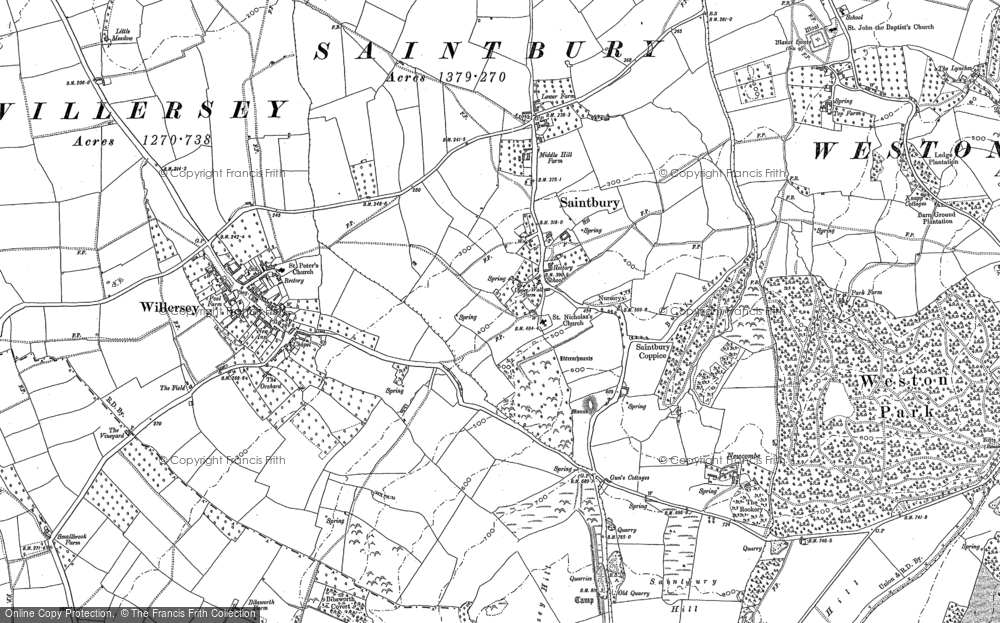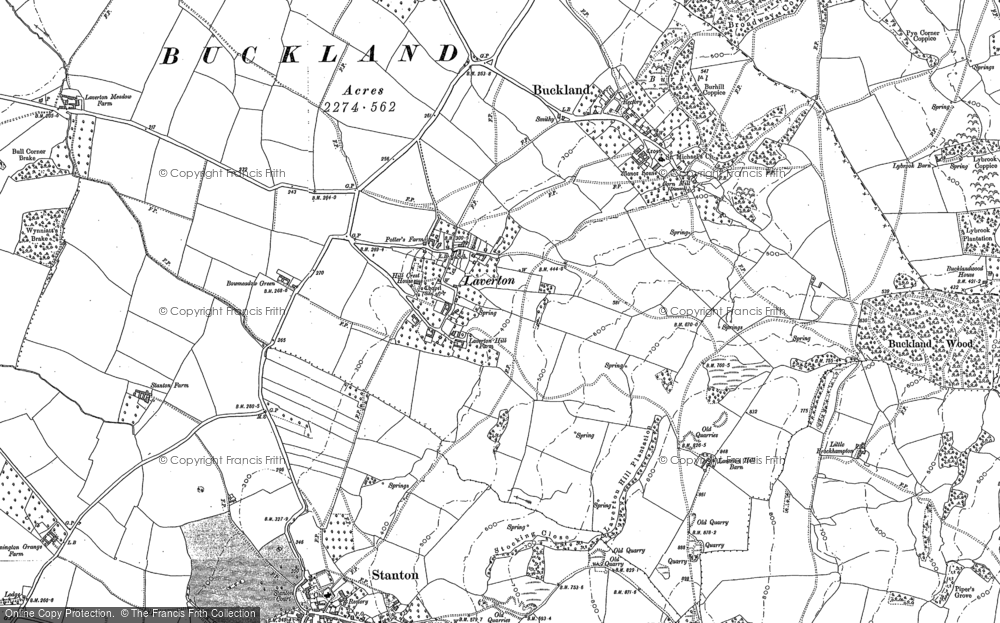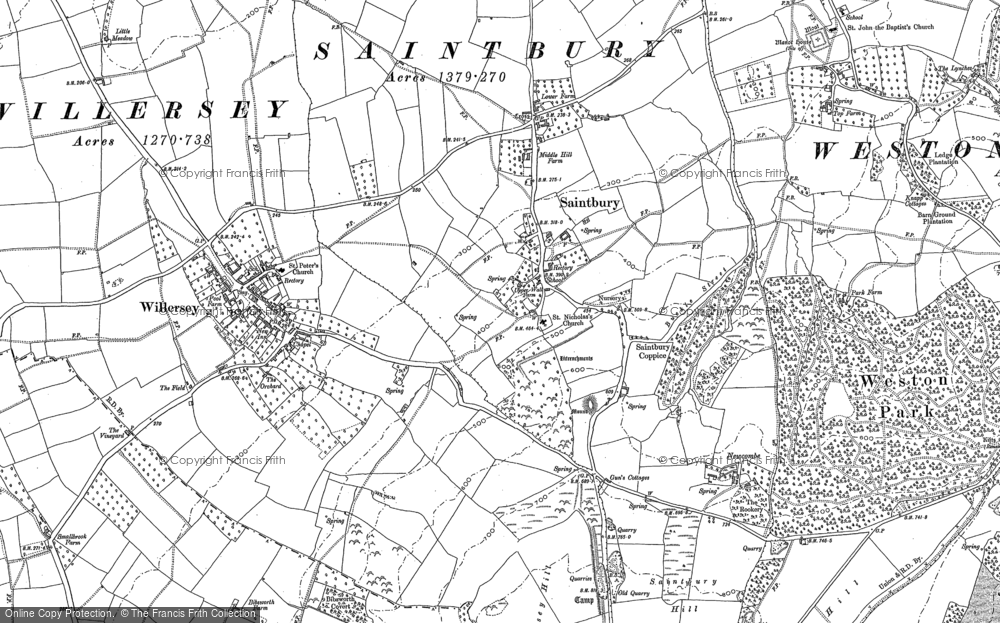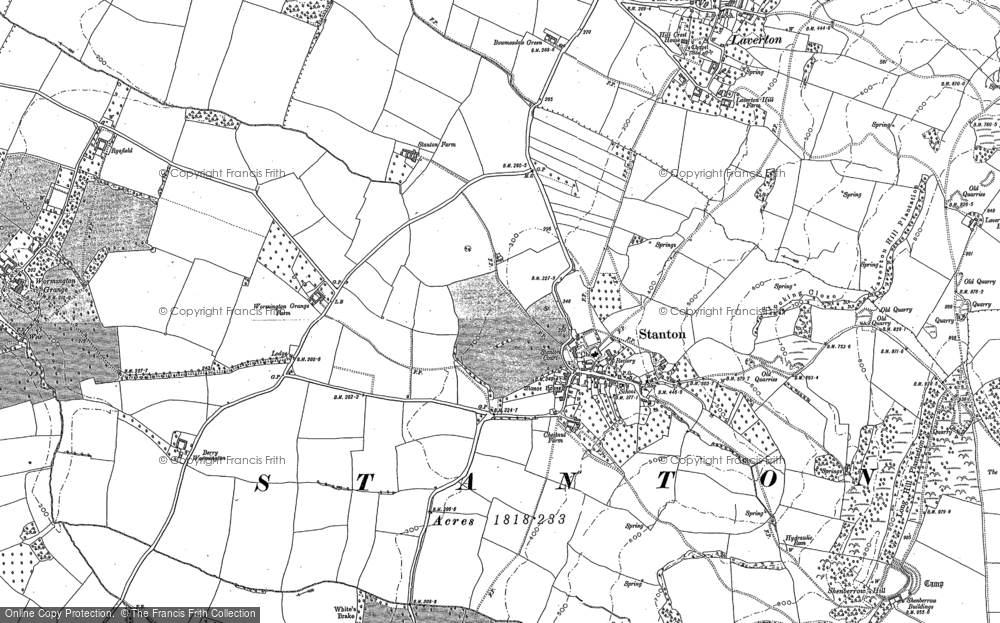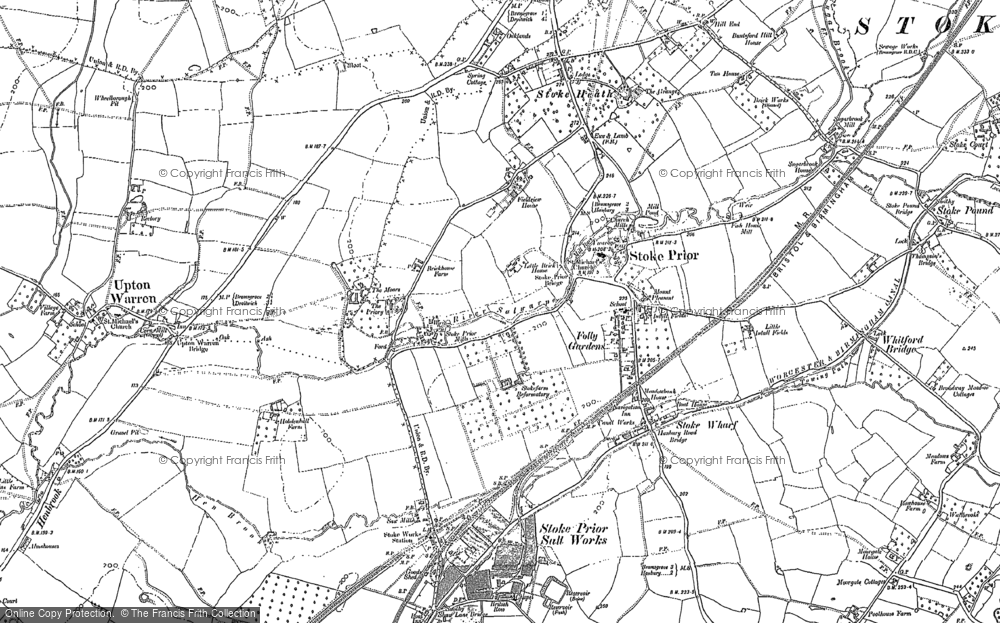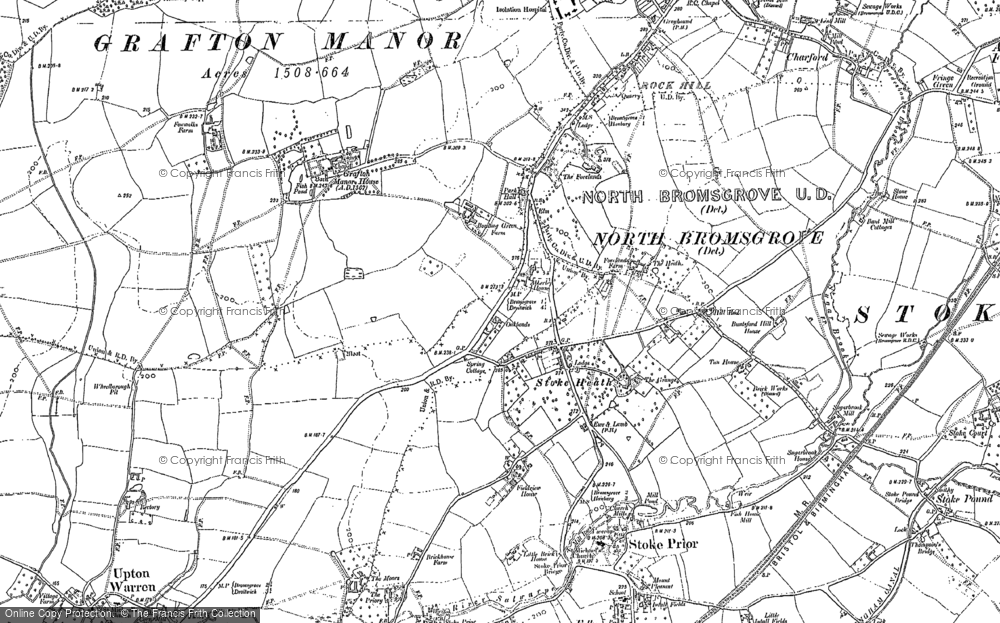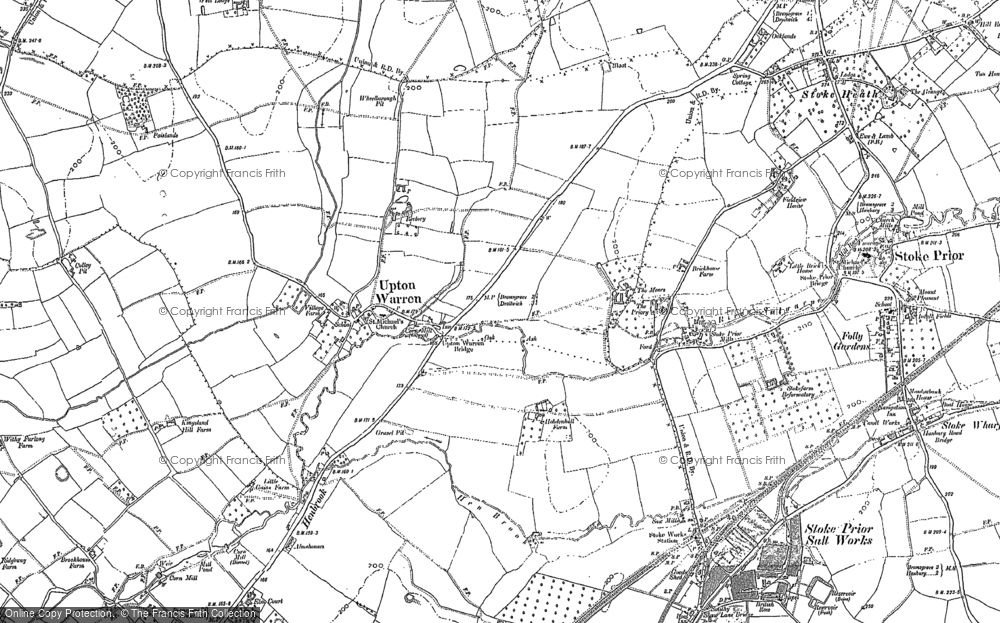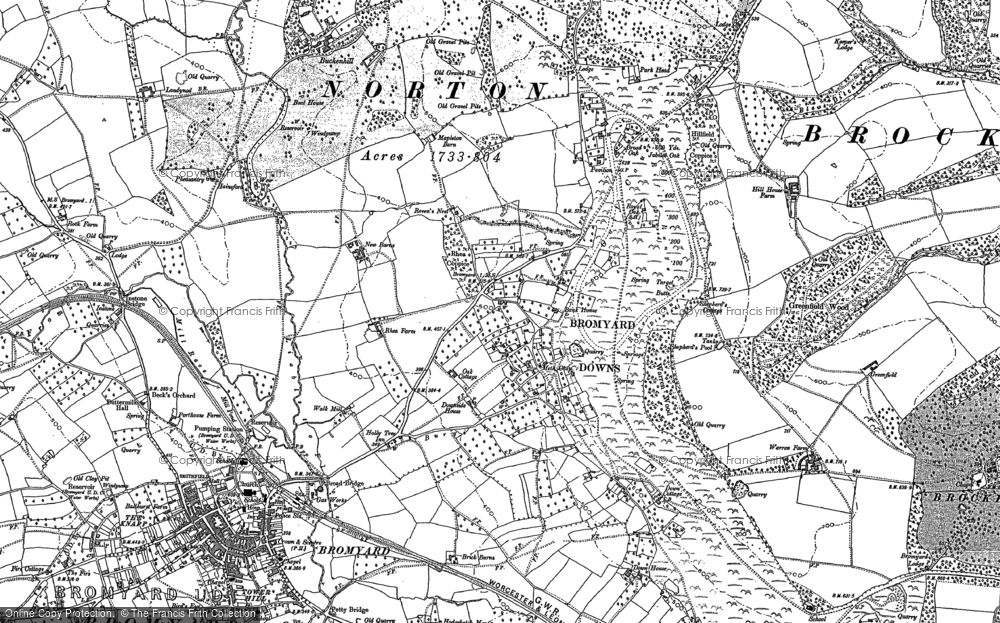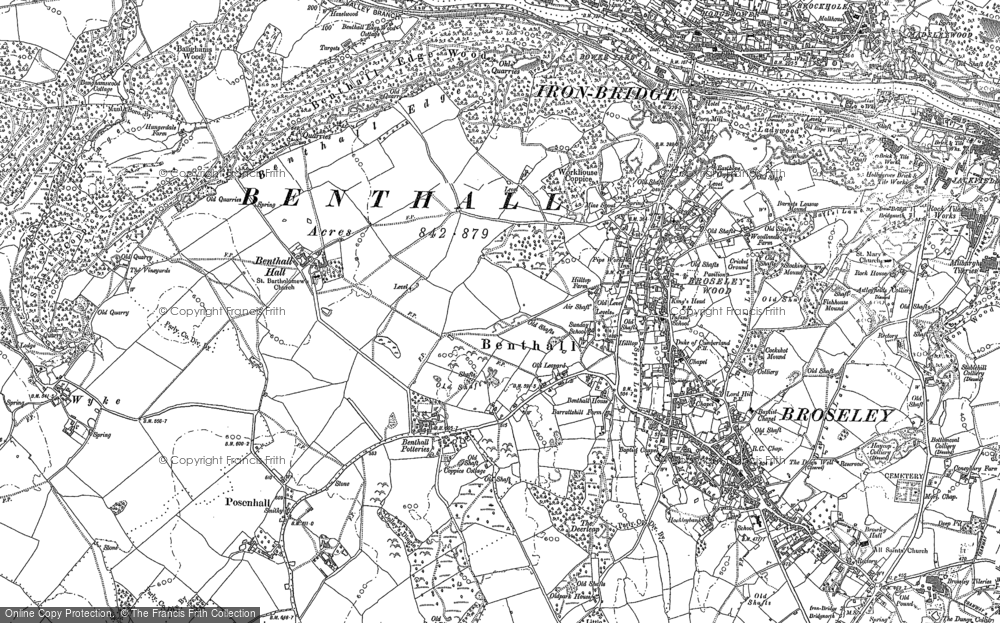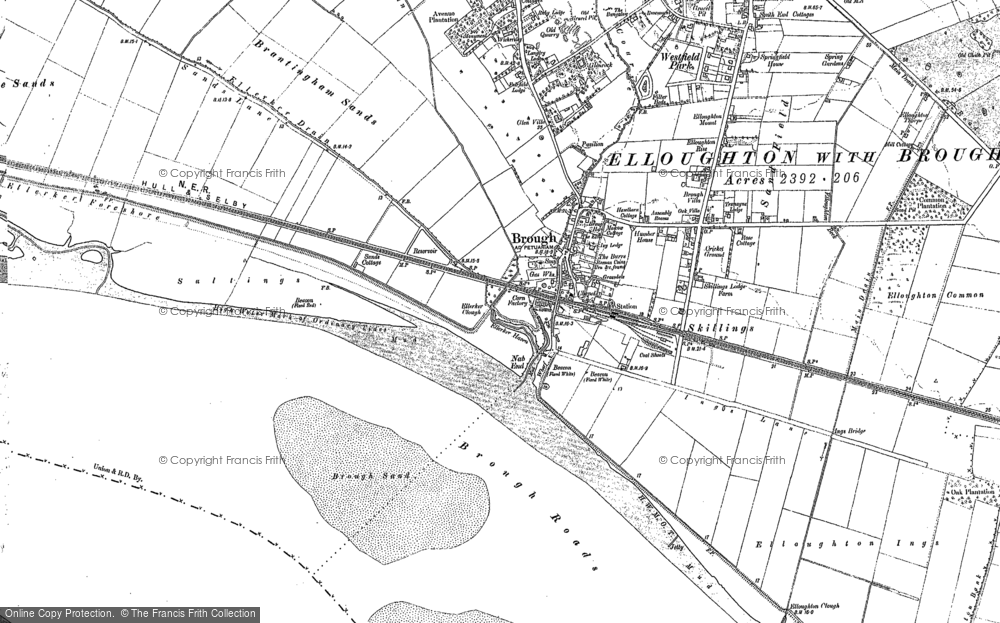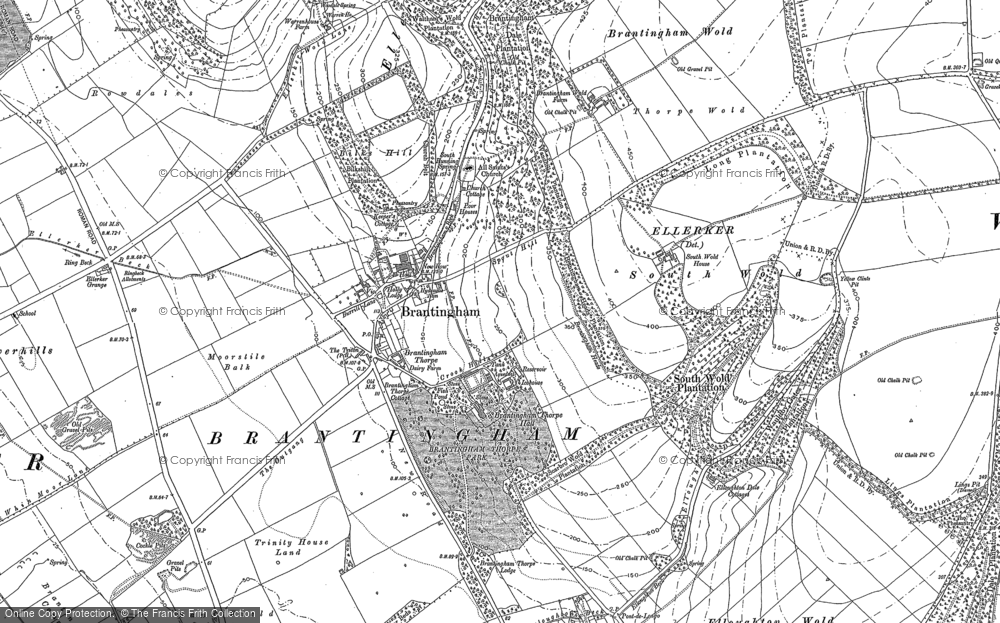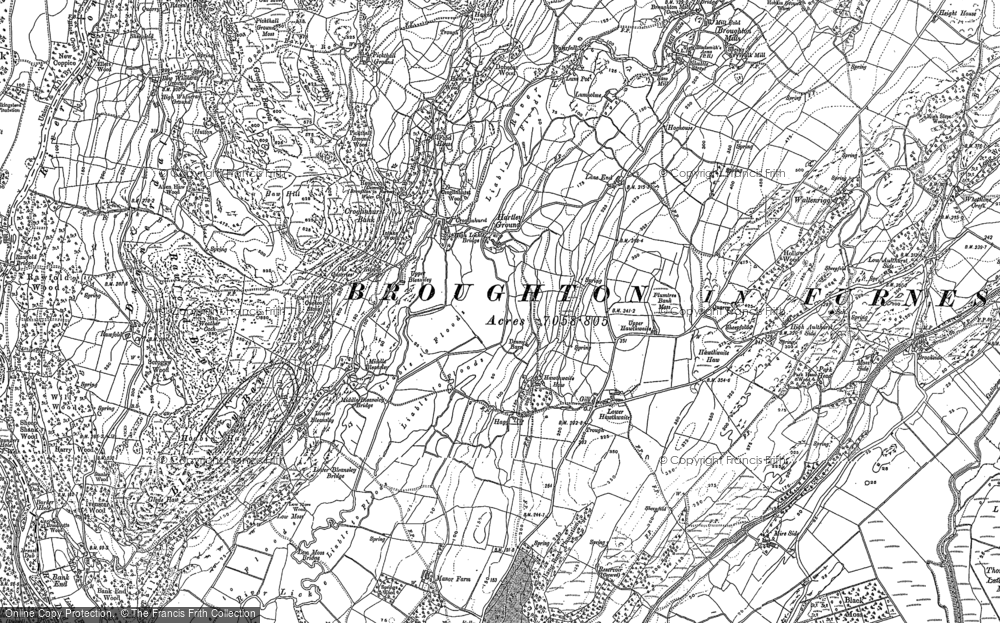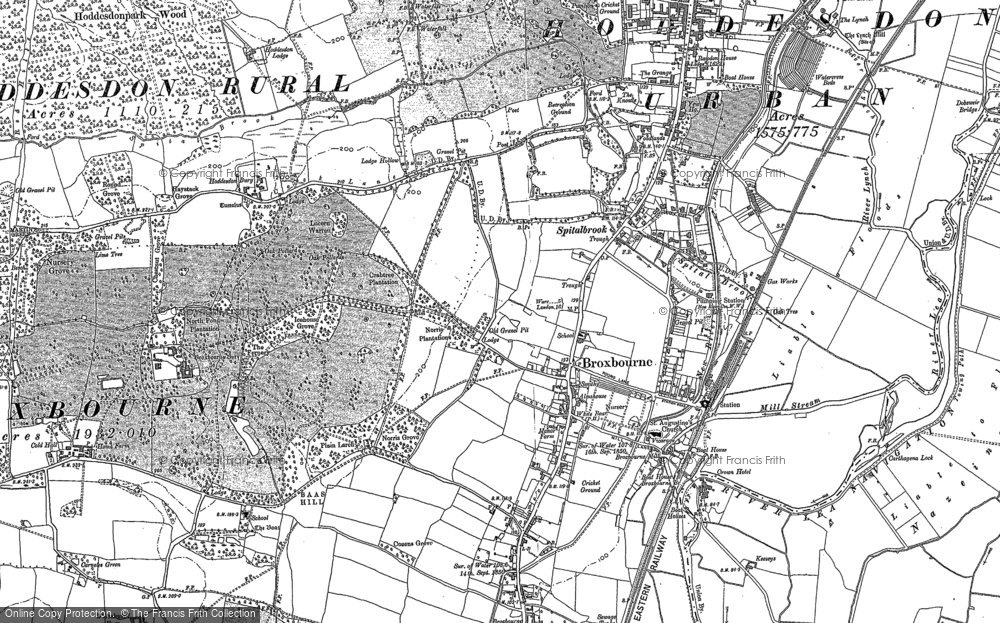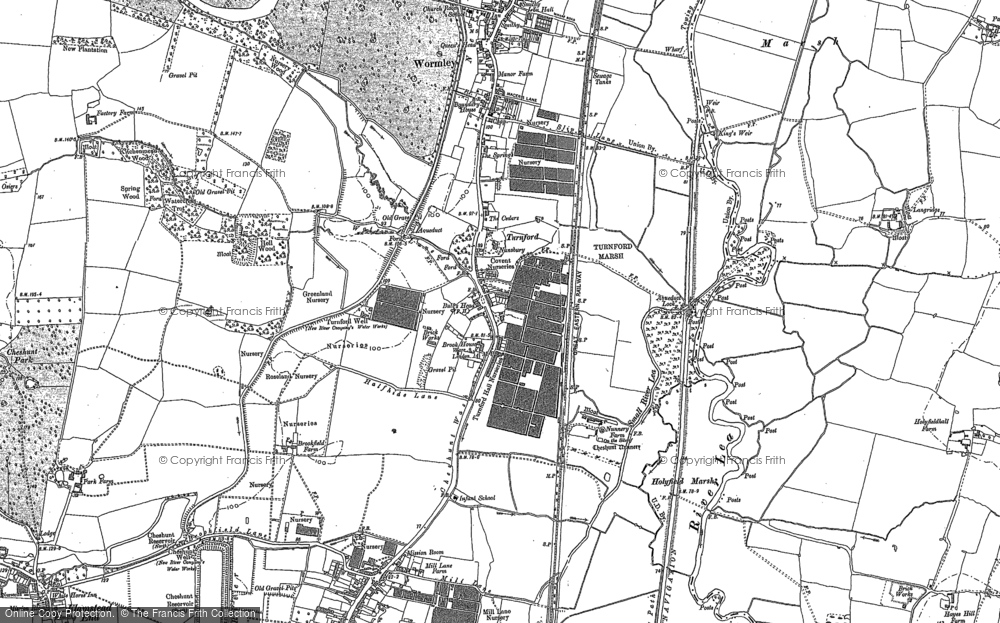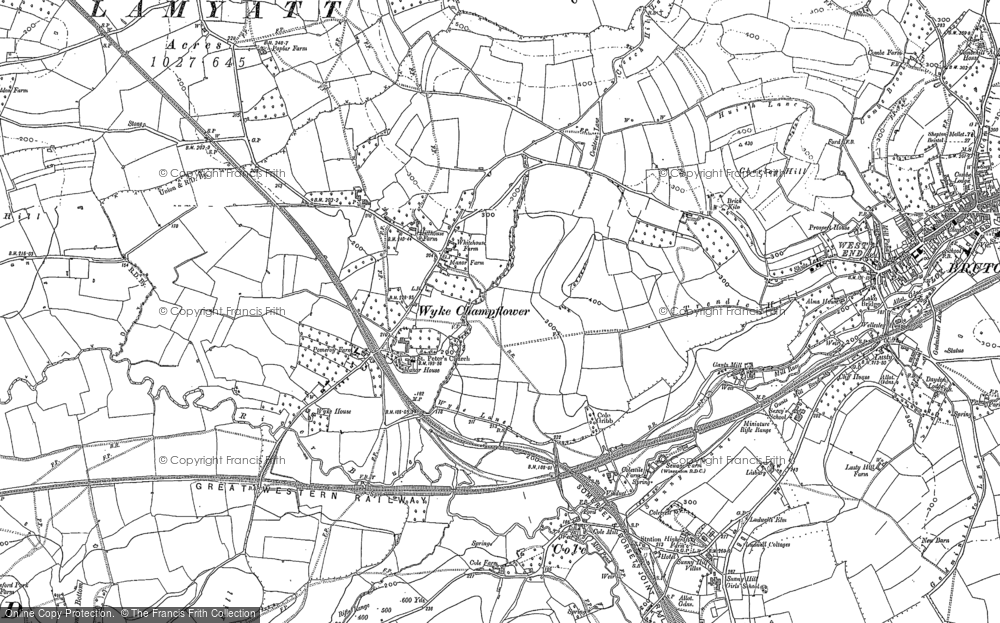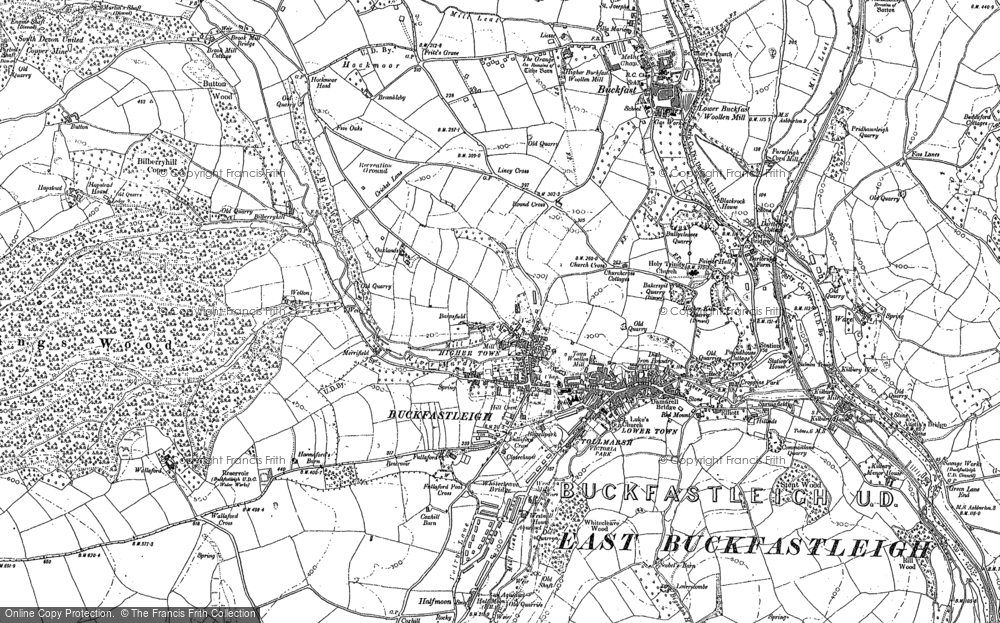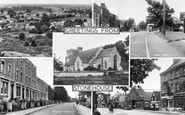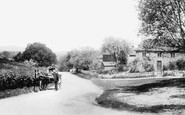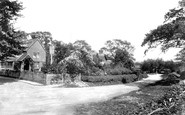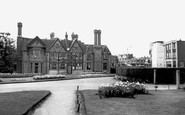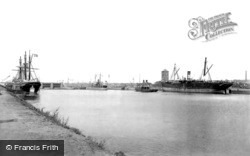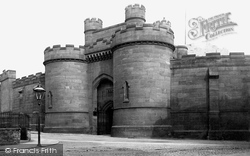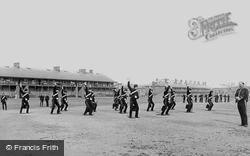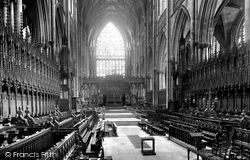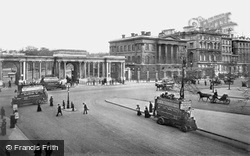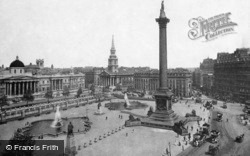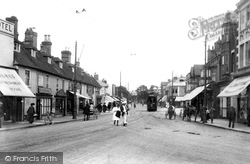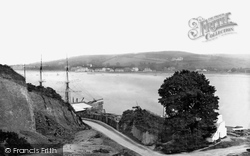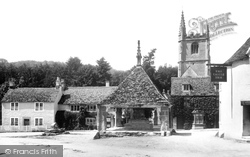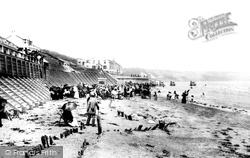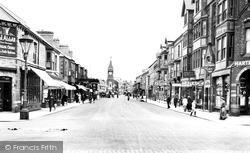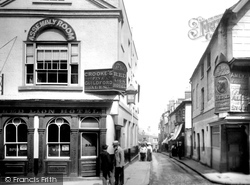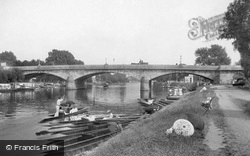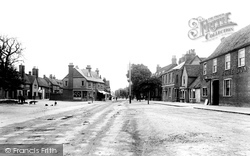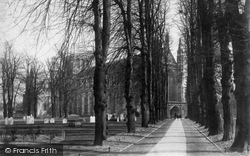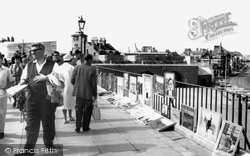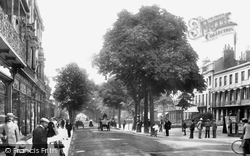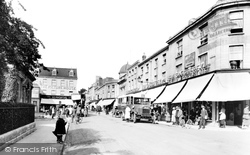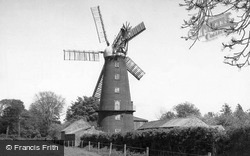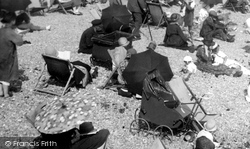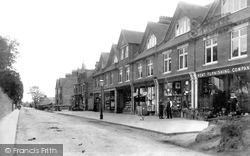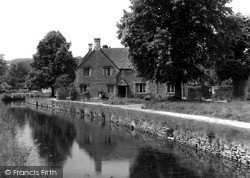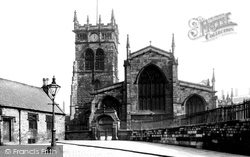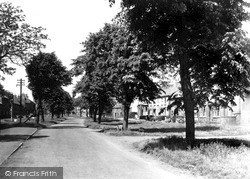Places
36 places found.
Those places high-lighted have photos. All locations may have maps, books and memories.
- Shanklin, Isle of Wight
- Ventnor, Isle of Wight
- Ryde, Isle of Wight
- Cowes, Isle of Wight
- Sandown, Isle of Wight
- Port of Ness, Western Isles
- London, Greater London
- Cambridge, Cambridgeshire
- Dublin, Republic of Ireland
- Killarney, Republic of Ireland
- Douglas, Isle of Man
- Plymouth, Devon
- Newport, Isle of Wight
- Southwold, Suffolk
- Bristol, Avon
- Lowestoft, Suffolk
- Cromer, Norfolk
- Edinburgh, Lothian
- Maldon, Essex
- Clacton-On-Sea, Essex
- Norwich, Norfolk
- Felixstowe, Suffolk
- Hitchin, Hertfordshire
- Stevenage, Hertfordshire
- Colchester, Essex
- Nottingham, Nottinghamshire
- Bedford, Bedfordshire
- Bury St Edmunds, Suffolk
- Aldeburgh, Suffolk
- St Albans, Hertfordshire
- Hunstanton, Norfolk
- Chelmsford, Essex
- Bishop's Stortford, Hertfordshire
- Peterborough, Cambridgeshire
- Brentwood, Essex
- Glengarriff, Republic of Ireland
Photos
11,144 photos found. Showing results 13,661 to 11,144.
Maps
181,031 maps found.
Books
442 books found. Showing results 16,393 to 16,416.
Memories
29,040 memories found. Showing results 6,831 to 6,840.
Memories Of Broughton During The War
Hi all. My brother and I were evacuated to Skipton in late 1941 from London. As we all sat on the floor in some large hall in Skipton after out trip up from London, people were walking ...Read more
A memory of Broughton in 1941 by
Childhood 1952 Onwards
I think Stonehouse had something for every age growing up. Brownies, cubs, scouts, and guides. A youth club and a coffee bar. Always somewhere to explore, the canal, Doverow for sledging, the brickworks and always ...Read more
A memory of Stonehouse in 1952 by
Farm Trailers
When the pea harvest was in full swing: the peas on their stalks where loaded onto trailers, then towed by tractor to the canning factories. Us lads would sit on the pavement waiting till a tractor came past, then run after it pulling ...Read more
A memory of Boston in 1940 by
Roots
Lived in Eltham from 1940, when Dad was in Artillery, and off to France, came back injured from Dunkirk, but alive, just ! Homes were, Rancliffe Gdns, Milburn Gdns, and Meadowside. Lovely road with unrestricted views across what is now ...Read more
A memory of Mottingham in 1940 by
Ryders Folklore
These cottages are now known as Ryders, but it appears that in Edwardian times the place (or maybe this corner) may also have been known as "Seven Trees Well": I have a postcard with this picture on it sent on 7th May 1906 to ...Read more
A memory of Okewood Hill in 1900 by
The Punchbowl Inn
The village is also known as Okewood Hill (or Okewoodhill). The name derives from a local stream called the Oke. This photo is of the Punchbowl Inn - the location of the Boxing Day Meet of the Surrey Union Hunt.
A memory of Okewood Hill in 1900 by
Village Carnival Queen
Hello, I have many happy memories of Quarnford, born and bred there till my marrage in 1973. Born at New Lodge, Quarnford. Although we got a lot of low cloud and bad weather, I enjoyed my life living there, as a child I loved ...Read more
A memory of Flash in 1957 by
Growing Up In Lea Road Southall
I lived in Lea Road, Southall. My father Alfred was a lorry driver for Sanders & Son, also known as The Tube, half way down Gordon Road. My mum Betty worked as a manager of Bill Taylors newsagents just off the ...Read more
A memory of Southall in 1968 by
The Intake Social Club Outings
After the Second World War had finished, and the people were already used to rationing, the Committee members of the Intake Club decided to relieve the hardships on the residents of Intake a little ...Read more
A memory of Intake in 1948 by
Living In Hayes In The 50s 60s
I lived in one of the council houses in Mounthurst Road from 1954 to 1970. I have a very good memory of growing up there. The prefabs in Mead Way, there must have been hundreds on both sides and we used ...Read more
A memory of Hayes in 1964 by
Your search returned a large number of results. Please try to refine your search further.
Captions
29,395 captions found. Showing results 16,393 to 16,416.
When the Ship Canal opened in 1894, traffic really was a mixed bag of sailing ships, steam ships and motor vessels. Here we see the docks with a mixed array of vessels just a year after opening.
At that time there were no conservation laws, and anything that was in the way of progress was destroyed. The walls once surrounded both the castle and Clifford's Tower.
The regimental museum in Tower Street has displays of medals, uniforms and weapons, and models showing the battles that both this and other Yorkshire regiments fought in many parts of the world, including
Here we can see the huge size of the magnificent stained glass window above the high altar. Made in the 13th century, it is larger than a tennis court.
The handsome triple-arched gateway, with its classical screen and groups of Ionic columns, was intended originally to create a noble approach to the Park from Buckingham Palace.
Trafalgar Square, largely because of its huge size and central position, became a popular place for Londoners to gather.
The Holmes Refreshment Rooms was part of the Temperance Hotel, which later became the Dolphin Hotel.
Instow grew as a resort town at the mouth of the Torridge in the 1830s, and most of the terraces and villas on the shore in this picture date from then.
Four heavy stone posts standing on a tall base decorated with quatrefoils carry timber beams and support the roof of the Market Cross.
Judging by the crowd gathering on the beach, it looks as though a seaside concert party will shortly be giving a performance.
Redcar was once the most northerly of the Yorkshire resorts and was famed for its horse racing.
Most of Market Street was taken up by the now demolished Red Lion.
The graceful three-arched bridge over the Thames was rebuilt in 1832 by John and George Rennie, close to the site of the many bridges that have crossed the Thames since the Romans first spanned it.
The White Lion, on the left, was, along with the Cromwell Hotel, the Two Diamonds, and the Yorkshire Grey, among a series of coaching inns spread along the spacious High Street.
Founded in 1079 and consecrated in 1093, Winchester Cathedral has a vast number of treasures stored within it. Many distinguished figures lie buried here - among them Jane Austen and Izaak Walton.
Outside the city walls and isolated from the rest of Portsmouth, Spice Island was once filled with sailors and press gangs.
The broad tree-lined Promenade is lined with elegant houses, whose delicate and graceful wrought- and cast-iron work on the balconies and verandas has long been particularly admired.
Outside the extensive premises of Lewis & Godrey's clothing store, a No 51 charabanc and its white-coated and booted driver prepares to take on passengers.
At the east end of the town is Alford Mill, a six-storey, five-sail mill built in 1813 by Sam Oxley, an Alford millwright.
During the first quarter of the 20th century Worthing's beach was very popular with visitors and inhabitants alike.
This was the time of the end of the Boer War, and the man with the bicycle may well have been discussing the subject with the dog owner, right.
The names of Lower Slaughter and its near namesake Upper Slaughter may suggest a bloodthirsty episode in the history of their surroundings. The truth, however, is far less fearsome.
If any spot in Wigan lays claim to being attractive, it is perhaps the precincts of its ancient parish church that should have the honour.
Virtually joined to Thirsk even fifty years ago, Sowerby was the home of the wealthy, with Sowerby House off to the left, and de Mowbray House at the far end of The Avenue.
Places (6814)
Photos (11144)
Memories (29040)
Books (442)
Maps (181031)


